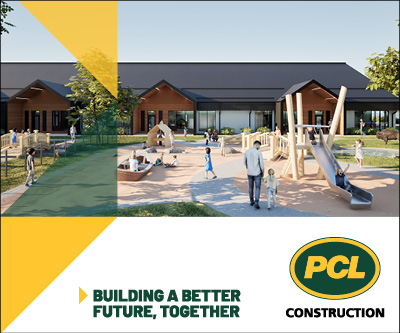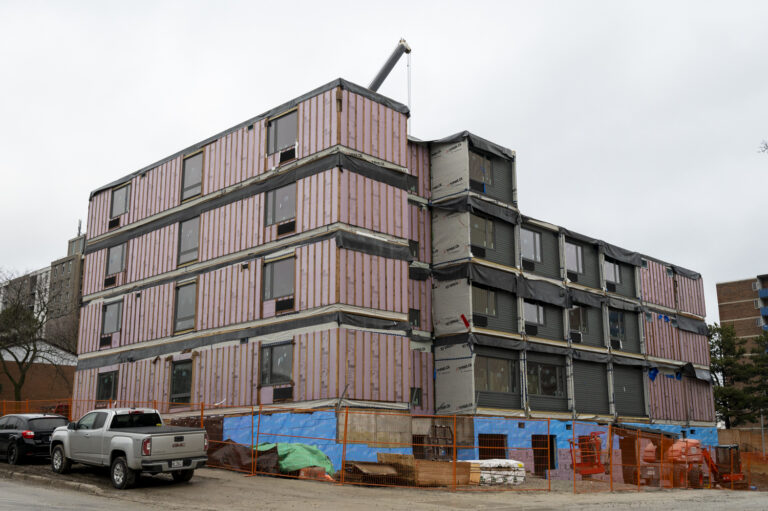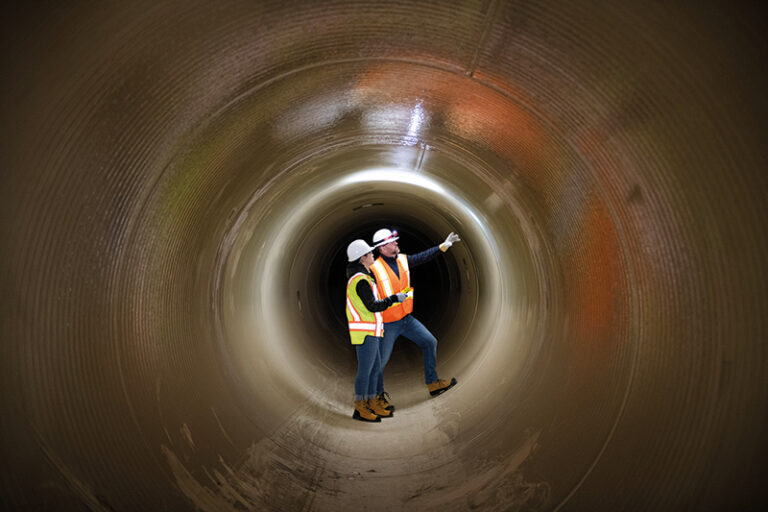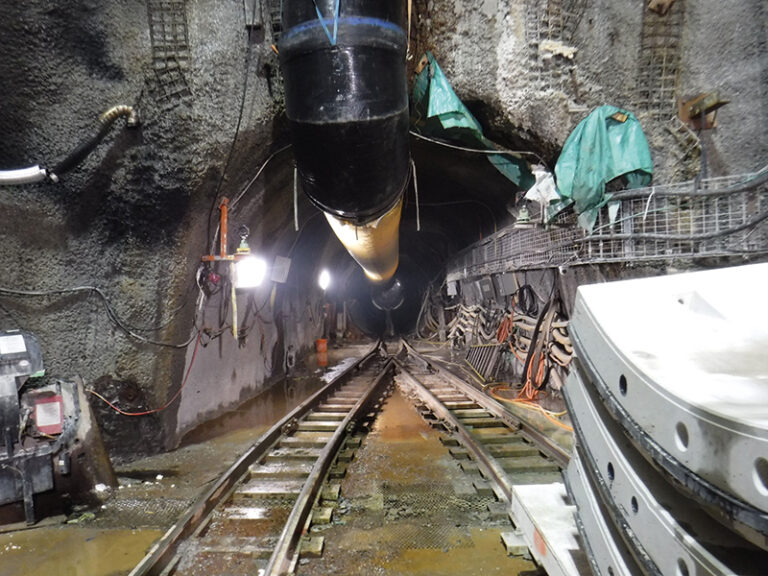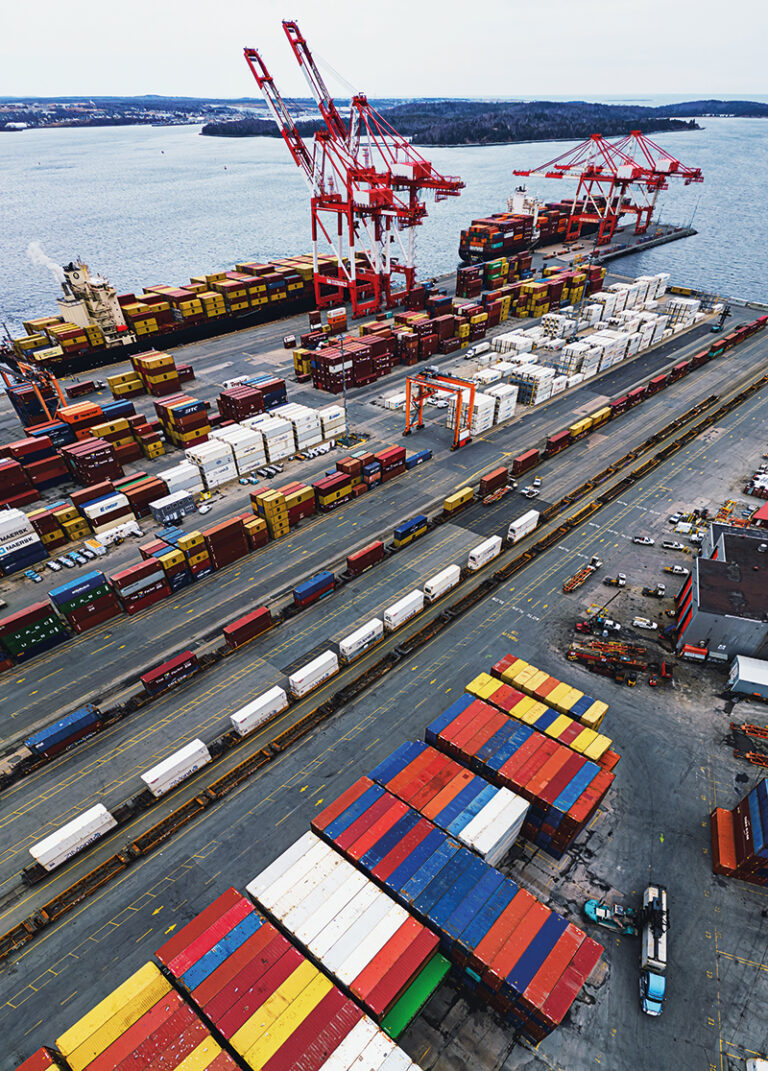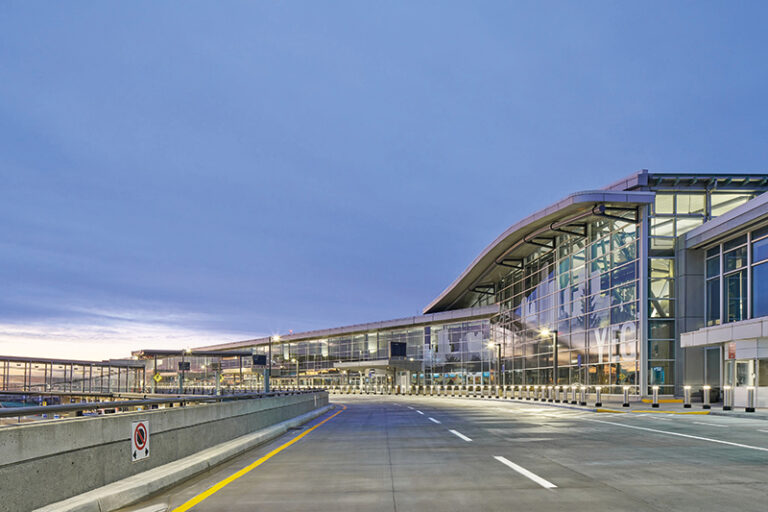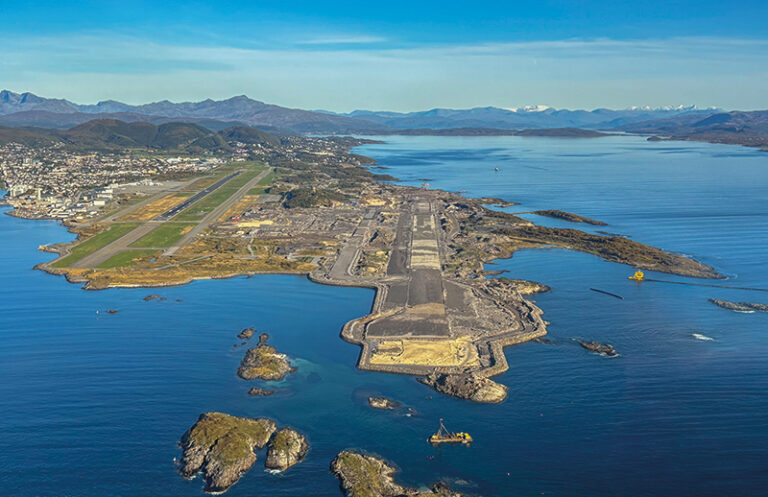By Glenn Miller
“The quality of urban life in Canada is rooted in the strength and diversity of its public realm. Education, healthcare, social services, public transit, energy resources, public safety and security, environmental stewardship, roads, streets and public places will continue to be the connective tissues linking our private worlds, fusing one generation to another.”
This was the opening paragraph of my first article for ReNew Canada, coauthored by the Hon. David Crombie, featured in the magazine’s very first issue, October 2005.
“Broadening our understanding of the public realm is essential to protecting the competitiveness of our cities,” continued the article. Looking back on two extraordinary decades, during which time ReNew Canada has helped its readers track the evolving, ever-changing understanding of the importance of infrastructure, I believe that these statements are still true, and possibly more relevant than ever.
Articles in ReNew over the years have reacted to changes in government priorities, crises of confidence resulting from recession (think 2008-2009 when the world’s financial institutions were in crisis and the COVID-inspired recession of 2020-2021) as well as inevitable periods of post-recession optimism and recovery. This is why the Prime Minister’s Carney’s stated intent to identify “projects of national significance… that will connect Canada, that will deepen Canada’s ties with the world, and that will create high-paying jobs for generations,” is viewed as a welcome statement of intent, and which promises to usher in a new era of infrastructure planning and implementation.
Who knows? We might even find ways to build projects faster while also staying within budget.
Ironically, the historic Thone Speech delivered by King Charles last May did not include the word ‘infrastructure.’ But don’t be fooled. The Government’s commitment to build—and re-build—infrastructure in all its many dimensions could not have been clearer. Also implicit in that carefully crafted statement was a recognition that dollars allocated to infrastructure represent an investment, not an expense, a move consistent with the philosophy of a prime minister trained as an economist. Prime Minister Carney recognizes that infrastructure of all kinds—hard, soft, green, climate-resistant, innovative—is an essential condition for creating and sustaining the quality of life that Canadians have come to expect. But—and this is key—the Prime Minister refuses to talk about infrastructure in isolation from the needs of the people who benefit from its creation.
The past 20 years have given ReNew Canada and its diverse readership a unique perspective on what it means to be in the infrastructure business.
My research has identified three positive interconnected trends:
- The definition of what constitutes “infrastructure” continues to expand
Today, even though huge capital dollars expended on traditional “hard” infrastructure such as pipelines, railways, roads, bridges and transit consistently put such projects at the top of capital investment league tables, today’s political calculus has expanded to include the many additional but essential “hard infrastructure” elements required to support “soft infrastructure” the services increasingly seen as essential to sustaining a vibrant knowledge economy. Examples include information and communication infrastructure (think 5G broadband, fibre optics, satellites, and, more recently, a new breed of facilities to power AI-driven data centres) as well as investments in STEM-focused schools, universities and colleges required to educate our future workforce. The range of investments classified as “community-supportive soft infrastructure” also includes healthcare assets such as hospitals, and even daycare facilities.
When Gordon Harris, former president and CEO of UniverCity, a sustainable community built on top of Burnaby Mountain adjacent to Simon Fraser University, and his team were looking for ways to attract future residents, including top academics with young children, he scrapped plans for a multi-storey car park and created instead a “state of the art daycare” that “promoted a sense of belonging within the community.” Harris also pressed the local school board and province to accelerate the construction of an elementary school to ensure that young families could grow with the community (which, by the way, would also benefit from construction of a district energy plant run as a utility by Corix).
“Our priorities for building community were all about offering an incomparable quality of life of young families, many of whom would be working or studying at the university,” Harris recalls. “As it turned out, our surveys show that prioritizing kids over cars was the best infrastructure investment we could have made.”
2. The lines between public and private responsibility for infrastructure continue to blur—and that’s a good thing
Innovative new models of project governance and funding relying on collaboration involving crown corporations, the private sector, pension funds, and, increasingly, Indigenous-led partnerships—are re-shaping the investment landscape at the community scale. More often than not, the institutional glue holding a project’s diverse pieces together is determined by decisions on how to deliver carbon-free or low carbon energy.
As a result, the lines between sectors have been blurring, as old-school assumptions about whose responsibility it is to provide “necessary infrastructure” are slowly being erased. A feature of projects where the common denominator is a commitment to reduce greenhouse gas emissions is that different combinations of “lead actors” are finding ways to blend corporate and institutional goals with public sector aspirations, leading to better policy outcomes.
An early example was “deep lake water cooling (DLWC),” a multi-faceted Toronto district energy project launched in August 2004 by Enwave Energy Corporation that utilizes frigid water from the depths of Lake Ontario to cool as many as 200 commercial, institutional and residential buildings in downtown Toronto, saving copious amounts of electricity that would otherwise have been needed to power conventional HVAC units while also avoiding significant amounts of greenhouse gas emissions. The success of DLWC illustrates how the interests of a major pension fund, a municipal government, dozens of private landlords and a provincial government can be aligned for mutual benefit.
The switch by multiple landlords to DLWC’s alternative cooling system saw a city-wide reduction in city-wide carbon emissions of 25 per cent (while also gaining Toronto international acclaim for its green leadership).
DLWC also benefited from tacit provincial support (minimal funding but maximum cheerleading) that, in the opinion of an observer familiar with the project, “was instrumental in getting DLWC to the starting line.” The quid pro quo for the province was that moving ahead with DLWC helped the province avoid costly upgrades to the electricity grid that would have been required to provide air conditioning to the fast-growing downtown core.
A year after DLWC’s debut, the province had the fiscal freedom to pursue its emission-busting strategy of closing coal-fired electricity plants, which began with the shutting of Lakeview Generating Station in 2005. Some 20 years later, that former brownfield site is poised to be redeveloped as a major mixed-use committee (with a district energy network managed by Enwave Energy).
“Sometimes, the parties looking to invest in infrastructure projects are just looking for a signal that the government accepts a particular direction, rather than the usual demands for government funding,” suggests a veteran financial expert who was a member of the OMERS team that persuaded the company to take the plunge with DLWC. “But that doesn’t mean that government funders should be let off the hook if there are demonstrable long-run cost savings for the province’s energy outputs that require government investment as a catalyst,” he adds.
Decades after its launch, DLWC is widely credited with changing how public, private and institutional investors calculate the risks and rewards of investing in complex projects such as district energy schemes that stimulate multiple land use and other economic benefits.
- The business case for Infrastructure projects increasingly counts the value of wider community benefits
Although “hard” infrastructure projects typically require an organization’s leadership team to sign off on a credible business case before detailed planning is allowed to begin, the framework used to greenlight projects at the scale of a neighbourhood today is increasingly likely to reflect a broader set of drivers than in the past, adding in calculations for “wider community benefits” to the mix.
Although the plan for Thompson Rivers University (TRU) to achieve net-zero on its Kamloops, B.C. campus was put in place in 2013, including a pledge to “be a leader in environmental responsibility in the higher education sector” and incorporating “sustainability as a core value,” the search for solutions for how to meet the net-zero target has been anything but straightforward. With some buildings on campus dating back to the 1970s, the need to replace aging gas boilers couldn’t be ignored.
After initially dismissing plans to convert space heating on campus to district energy as uneconomic, TRU’s administration decided to persevere in the search for affordable solutions that would not only complement the university’s “green” aspirations but which could leverage “wider area benefits” to the City of Kamloops and send the right signals to the student population.
Bolstered by a desire to meet provincial and municipal emission-reduction targets (80 per cent reduction below 2007 levels by 2050), and remain consistent with the goals of the University Network for Investor Engagement (a shareholder engagement program seeking to leverage and accelerate the transition to net zero), TRU initiated discussions with Vancouver-based Creative Energy. The eventual result was a decision to invest in a Low-Carbon District Energy System (LCDES). The DE system is expected to offset the equivalent of 100,000 tonnes of greenhouse gas emissions over a 30-year period at full build out after it “goes live” some time in 2026, enabling TRU to claim a position as one of the first university campuses to achieve carbon neutrality.
According to TRU’s VP of Administration and Finance, Matt Milovick, a key difference between the disappointment of finding that their preferred option didn’t make economic sense in 2014, and a more positive outcome following a feasibility study carried out jointly with Creative Energy in 2019, was rapid improvements in the efficiency of electric furnaces. This opened the door to a partnership with B.C. Hydro to provide low carbon electricity. Before construction of the LCDES could begin, however, TRU and its partners consulted with Indigenous leaders and had to overcome a host of “challenging regulatory and legal barriers.” It was also important to the university that the newly installed DE system could offer benefits to neighbouring private developers and city buildings.
One such complementary investment announced earlier this year was a commitment from Bell Canada to construct a new data centre on campus specifically designed to meet surging demand to power AI models and applications. “Not only is there demand, but sovereignty, data protection and cyber security are increasingly important,” BCE CEO Mirko Bibic said in a statement. Bell’s partnership with TRU will allow “students and faculty to train and run AI models.” The Bell facility on TRU’s campus, scheduled to open in 2026, is one of six hydro-powered facilities in B.C. Bell’s facility at TRU “integrates into the campus’ district energy system, repurposing heat load to warm campus buildings,” a spokesperson for BCE confirmed.
Where will current trends in infrastructure investment lead?
Our October 2005 article concluded with the observation that cities which “value their human, physical and natural assets” are bound to succeed in the long run. We could say the same for a country. An expanded perspective on the nature and value of infrastructure will always deliver a positive return on investment if the focus is human-centred. Waiting for government to take the lead is no longer an option in age of partnership. Recognizing that there can—and should be—wider community benefits for every infrastructure play just makes good business sense.
Glenn Miller, FCIP, is a senior associate with the Canadian Urban Institute, who has been contributing ReNew Canada from the outset.
[This article appeared in the September/October 2025 issue of ReNew Canada.]
Featured image: (Getty Images)



